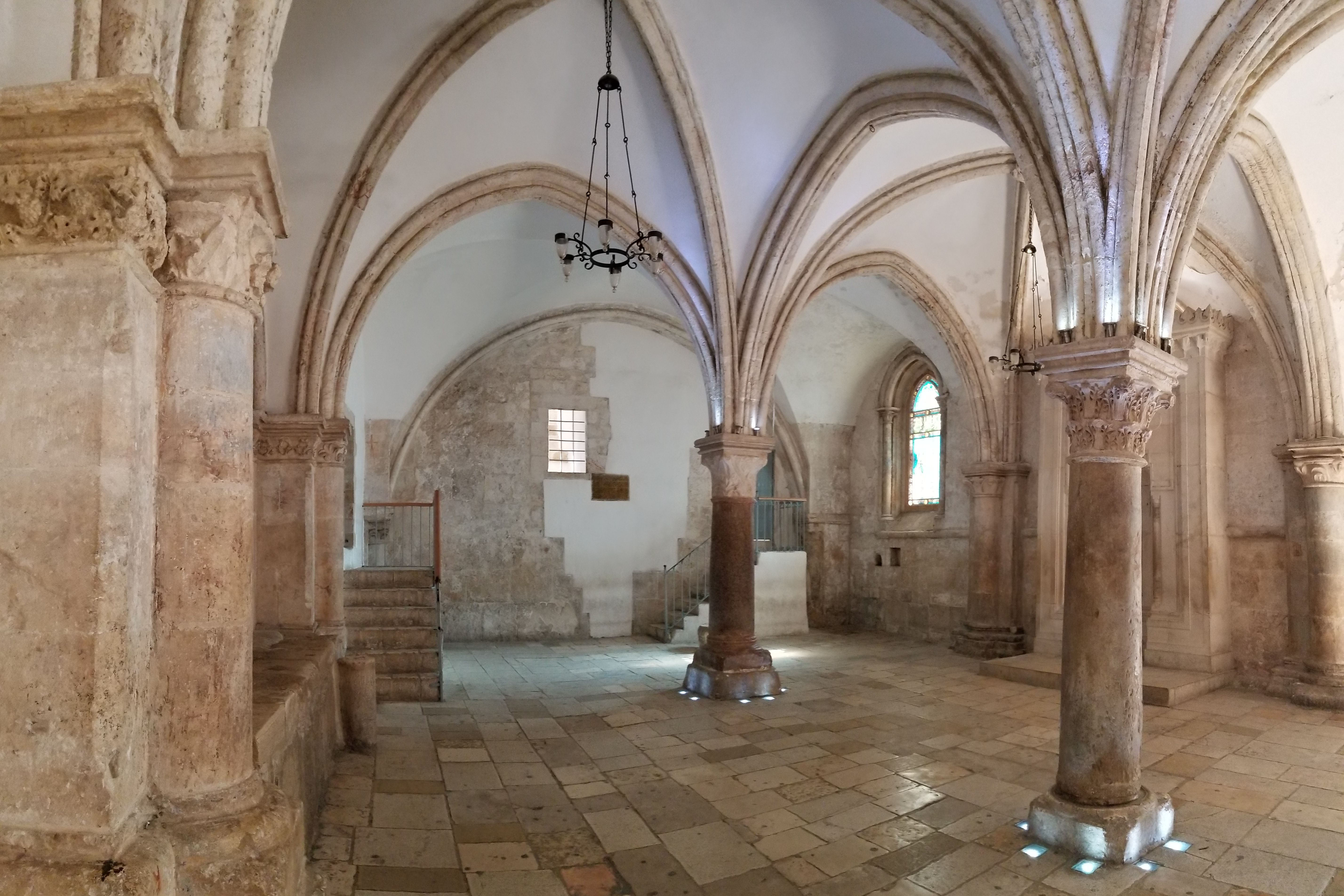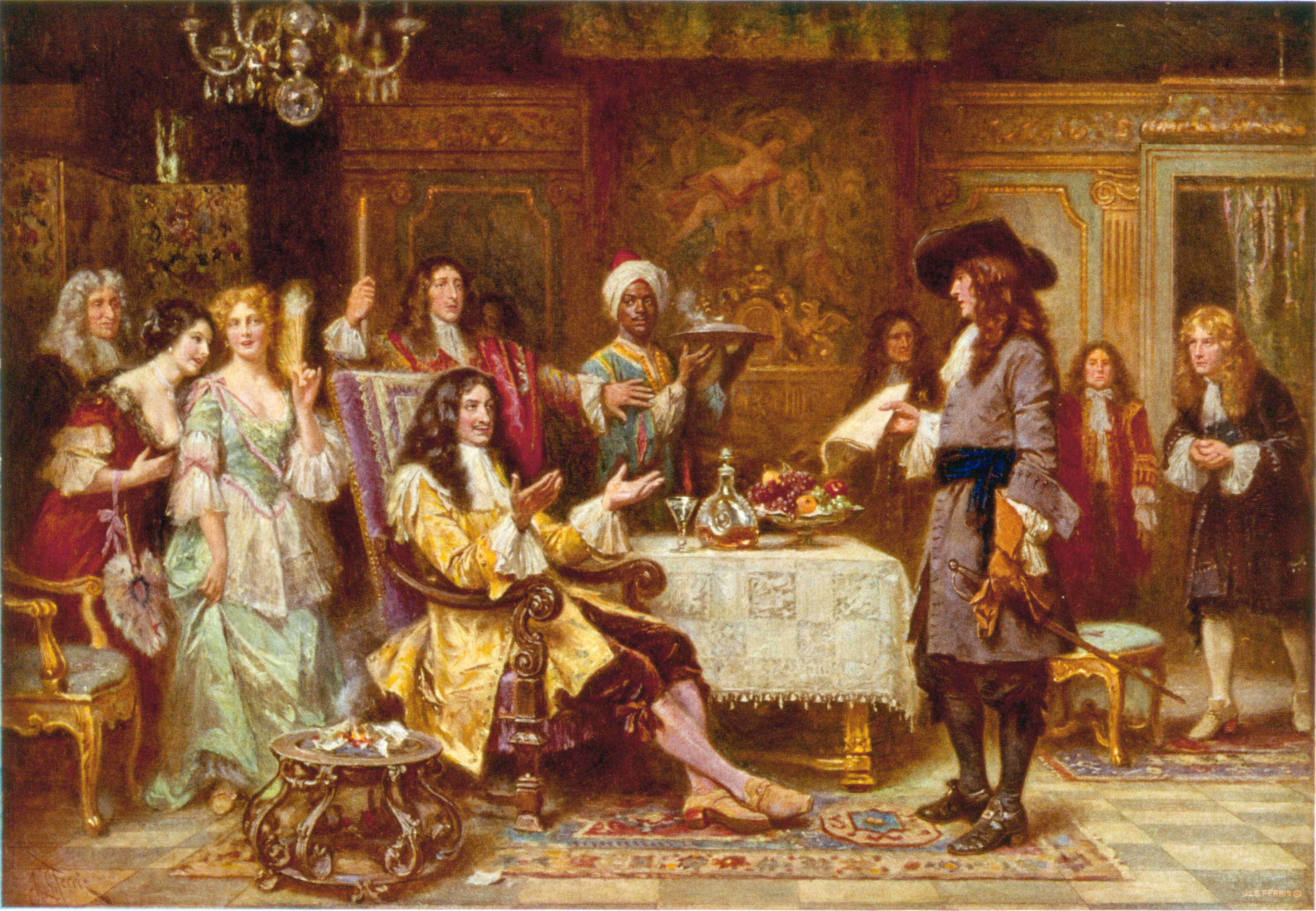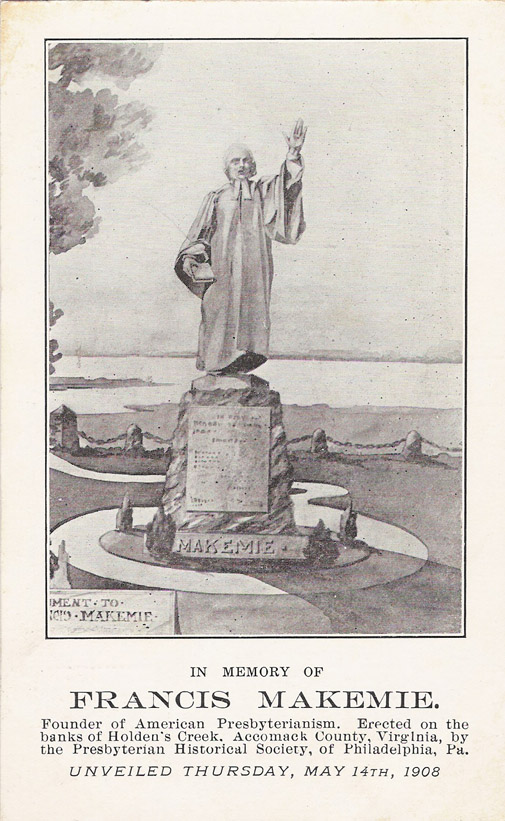|
First Presbyterian Church (Hartford City, Indiana)
The First Presbyterian Church of Hartford City is a Presbyterianism, Presbyterian church in Hartford City, Indiana, Hartford City, Indiana, United States. The edifice is the oldest Church (building), church building in a small city that at one time was a bustling community with as many as ten glass factories – and over 20 saloons.''First Presbyterian Church, Hartford City, Indiana, National Register of Historic Places Inventory Nomination Form,'' Description. Located at the corner of High and Franklin Streets, the church is part of the Hartford City Courthouse Square Historic District. The church was added to the National Register of Historic Places in 1986. Construction of the house of worship began in 1892 and was completed in 1893. The church building is considered one of the city's best examples of the Richardsonian Romanesque style of architectural style, architecture.''First Presbyterian Church, Hartford City, Indiana, National Register of Historic Places Inventory Nom ... [...More Info...] [...Related Items...] OR: [Wikipedia] [Google] [Baidu] |
Hartford City, Indiana
Hartford City is a city in the U.S. state of Indiana, and the county seat of Blackford County, Indiana, Blackford County. Located in the northeast East Central Indiana, central portion of the state, the small farming community underwent a dramatic 15-year economic boom beginning in the late 1880s. The Indiana Gas Boom resulted from the discovery and exploitation of natural gas in the area. The rural economics, rural economy was transformed to one that included manufacturing. The boom attracted workers and residents, retail establishments, and craftspeople. The increased population was a catalyst for the construction of roads, schools, and churches. After the boom came a long period of growth and stability. Agriculture (and agricultural trade) remained as the basis for the economy. From the 1920s through the 1970s, Hartford City continued to thrive. Agricultural automation and consolidation of small farms into industrial-size farms resulted in a decline in the population; the smal ... [...More Info...] [...Related Items...] OR: [Wikipedia] [Google] [Baidu] |
Blackford County Courthouse
The Blackford County Courthouse is a historic building located in Hartford City, Indiana, the county seat of Blackford County. The building stands on a public square in the city's downtown commercial district. Built during the Indiana Gas Boom, most of the construction work was completed in 1894. The current courthouse was preceded by another courthouse building on the same site, which was declared inadequate by a judge in 1893, and was torn down. Following the condemnation of the original courthouse, the county's judicial activities were temporarily located in a building across the street. The current courthouse was designed by architects Arthur LaBelle and Burt L. French, who were from nearby Marion, Indiana. The building's architectural style is Richardsonian Romanesque, which was popular during the second half of the 19th century. The large corner tower of the building is the tallest structure in the downtown commercial district. Considered "the county's most outsta ... [...More Info...] [...Related Items...] OR: [Wikipedia] [Google] [Baidu] |
Christianity
Christianity is an Abrahamic monotheistic religion, which states that Jesus in Christianity, Jesus is the Son of God (Christianity), Son of God and Resurrection of Jesus, rose from the dead after his Crucifixion of Jesus, crucifixion, whose coming as the Messiah#Christianity, messiah (Christ (title), Christ) was Old Testament messianic prophecies quoted in the New Testament, prophesied in the Old Testament and chronicled in the New Testament. It is the Major religious groups, world's largest and most widespread religion with over 2.3 billion followers, comprising around 28.8% of the world population. Its adherents, known as Christians, are estimated to make up a majority of the population in Christianity by country, 157 countries and territories. Christianity remains Christian culture, culturally diverse in its Western Christianity, Western and Eastern Christianity, Eastern branches, and doctrinally diverse concerning Justification (theology), justification and the natur ... [...More Info...] [...Related Items...] OR: [Wikipedia] [Google] [Baidu] |
Methodism
Methodism, also called the Methodist movement, is a Protestant Christianity, Christian Christian tradition, tradition whose origins, doctrine and practice derive from the life and teachings of John Wesley. George Whitefield and John's brother Charles Wesley were also significant early leaders in the movement. They were named ''Methodists'' for "the methodical way in which they carried out their Christian faith". Methodism originated as a Christian revival, revival movement within Anglicanism with roots in the Church of England in the 18th century and became a separate denomination after Wesley's death. The movement spread throughout the British Empire, the United States and beyond because of vigorous Christian mission, missionary work, and today has about 80 million adherents worldwide. Most List of Methodist denominations, Methodist denominations are members of the World Methodist Council. Wesleyan theology, which is upheld by the Methodist denominations, focuses on Sanc ... [...More Info...] [...Related Items...] OR: [Wikipedia] [Google] [Baidu] |
History Of Hartford City, Indiana
Hartford City, Indiana, began in the late 1830s as a few log cabins clustered near a creek. The community became the county seat of Blackford County, Indiana, Blackford County. Located in the north East Central Indiana, east-central portion of the state, the small farming community experienced a 15-year "boom" beginning in the late 1880s caused by the discovery of natural gas. The Indiana Gas Boom caused the community to transition from an agricultural economy to one that also included manufacturing. During the 1890s, Hartford City was the home of the nation's largest window glass company (Hartford City Glass Company) and the nation's largest producer of lantern globes (Sneath Glass Company). The phenomenal growth ended after the boom, but the city was able to retain much of its workforce, as some of the glass factories and paper mills continued operations within the city. Jobs relating to the new History of the automobile, automobile industry also became available in nearby citie ... [...More Info...] [...Related Items...] OR: [Wikipedia] [Google] [Baidu] |
United States Declaration Of Independence
The Declaration of Independence, formally The unanimous Declaration of the thirteen States of America in the original printing, is the founding document of the United States. On July 4, 1776, it was adopted unanimously by the Second Continental Congress, who convened at Pennsylvania State House, later renamed Independence Hall, in the Colonial history of the United States, colonial capital of Philadelphia. These delegates became known as the nation's Founding Fathers of the United States, Founding Fathers. The Declaration explains why the Thirteen Colonies regarded themselves as independent sovereign states no longer subject to British colonization of the Americas, British colonial rule, and has become one of the most circulated, reprinted, and influential documents in history. On June 11, 1776, the Second Continental Congress appointed the Committee of Five, including John Adams, Benjamin Franklin, Thomas Jefferson, Robert R. Livingston, and Roger Sherman, who were charged w ... [...More Info...] [...Related Items...] OR: [Wikipedia] [Google] [Baidu] |
John Witherspoon
John Witherspoon (February 5, 1723 – November 15, 1794) was a Scottish-American Presbyterian minister, educator, farmer, slaveholder, and a Founding Father of the United States. Witherspoon embraced the concepts of Scottish common sense realism, and while president of the College of New Jersey (1768–1794; now Princeton University) became an influential figure in the development of the United States' national character. Politically active, Witherspoon was a delegate from New Jersey to the Second Continental Congress and a signatory to the July 4, 1776, Declaration of Independence. He was the only active clergyman and the only college president to sign the Declaration. Later, he signed the Articles of Confederation and supported ratification of the Constitution of the United States. In 1789 he was convening moderator of the First General Assembly of the Presbyterian Church in the United States of America. Early life and ministry in Scotland John Witherspoon was born in ... [...More Info...] [...Related Items...] OR: [Wikipedia] [Google] [Baidu] |
Philadelphia
Philadelphia ( ), colloquially referred to as Philly, is the List of municipalities in Pennsylvania, most populous city in the U.S. state of Pennsylvania and the List of United States cities by population, sixth-most populous city in the United States, with a population of 1,603,797 in the 2020 United States census, 2020 census. The city is the urban core of the Philadelphia metropolitan area (sometimes called the Delaware Valley), the nation's Metropolitan statistical area, seventh-largest metropolitan area and ninth-largest combined statistical area with 6.245 million residents and 7.379 million residents, respectively. Philadelphia was founded in 1682 by William Penn, an English Americans, English Quakers, Quaker and advocate of Freedom of religion, religious freedom, and served as the capital of the Colonial history of the United States, colonial era Province of Pennsylvania. It then played a historic and vital role during the American Revolution and American Revolutionary ... [...More Info...] [...Related Items...] OR: [Wikipedia] [Google] [Baidu] |
Francis Makemie
Francis Makemie (1658–1708) was an Ulster Scots clergyman, widely regarded as the founder of Presbyterianism in the United States. Early and family life Makemie was born in Ramelton, County Donegal, Ireland part of the province of Ulster. He attended the University of Glasgow, where he experienced a religious conversion and enrolled as "Franciscus Makemus Scoto-Hyburnus". He was ordained a minister by the Presbytery of Laggan in West Ulster in 1681. Ministry in America At the request of Colonel William Stevens, an Episcopalian from Rehobeth, Maryland, Rev. Makemie was sent as a missionary to America, arriving in Maryland in 1683. He initially preached in Somerset County, Maryland, and established the Rehobeth Presbyterian Church the oldest Presbyterian Church in America, near the Coventry Parish Church which Col. Stevens attended. The ruins of Coventry Parish Church still stand nearby. Makemie also supported himself as a merchant and travelled among other Scots-Irish ... [...More Info...] [...Related Items...] OR: [Wikipedia] [Google] [Baidu] |
North America
North America is a continent in the Northern Hemisphere, Northern and Western Hemisphere, Western hemispheres. North America is bordered to the north by the Arctic Ocean, to the east by the Atlantic Ocean, to the southeast by South America and the Caribbean Sea, and to the south and west by the Pacific Ocean. The region includes Middle America (Americas), Middle America (comprising the Caribbean, Central America, and Mexico) and Northern America. North America covers an area of about , representing approximately 16.5% of Earth's land area and 4.8% of its total surface area. It is the third-largest continent by size after Asia and Africa, and the list of continents and continental subregions by population, fourth-largest continent by population after Asia, Africa, and Europe. , North America's population was estimated as over 592 million people in list of sovereign states and dependent territories in North America, 23 independent states, or about 7.5% of the world's popula ... [...More Info...] [...Related Items...] OR: [Wikipedia] [Google] [Baidu] |
Scotland
Scotland is a Countries of the United Kingdom, country that is part of the United Kingdom. It contains nearly one-third of the United Kingdom's land area, consisting of the northern part of the island of Great Britain and more than 790 adjacent Islands of Scotland, islands, principally in the archipelagos of the Hebrides and the Northern Isles. To the south-east, Scotland has its Anglo-Scottish border, only land border, which is long and shared with England; the country is surrounded by the Atlantic Ocean to the north and west, the North Sea to the north-east and east, and the Irish Sea to the south. The population in 2022 was 5,439,842. Edinburgh is the capital and Glasgow is the most populous of the cities of Scotland. The Kingdom of Scotland emerged as an independent sovereign state in the 9th century. In 1603, James VI succeeded to the thrones of Kingdom of England, England and Kingdom of Ireland, Ireland, forming a personal union of the Union of the Crowns, three kingdo ... [...More Info...] [...Related Items...] OR: [Wikipedia] [Google] [Baidu] |
John Calvin
John Calvin (; ; ; 10 July 150927 May 1564) was a French Christian theology, theologian, pastor and Protestant Reformers, reformer in Geneva during the Protestant Reformation. He was a principal figure in the development of the system of Christian theology later called Calvinism, including its doctrines of predestination and of God's Monergism, absolute sovereignty in the Christian soteriology, salvation of the human soul from death and Damnation, eternal damnation. Calvinist doctrines were Augustinian soteriology, influenced by and elaborated upon the Augustinian and other Christian traditions. Various Reformed Christianity, Reformed Church like Continental Reformed, Congregationalism, Presbyterianism, Waldensians, Reformed Baptists, Baptist Reformed, Calvinistic Methodism, Calvinist Methodism, and Reformed Anglican Churches, which look to Calvin as the chief expositor of their beliefs, have spread throughout the world. Calvin was a tireless polemicist and Christian apolog ... [...More Info...] [...Related Items...] OR: [Wikipedia] [Google] [Baidu] |








